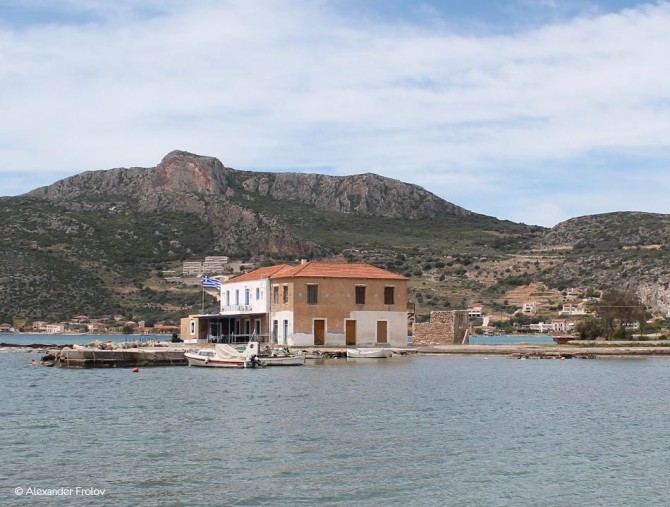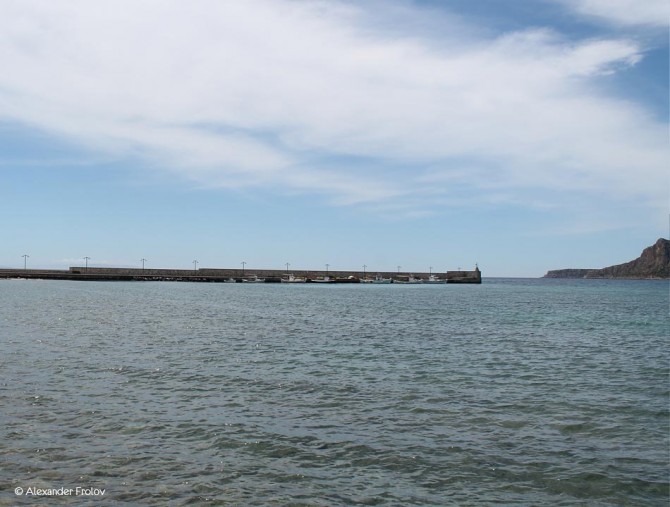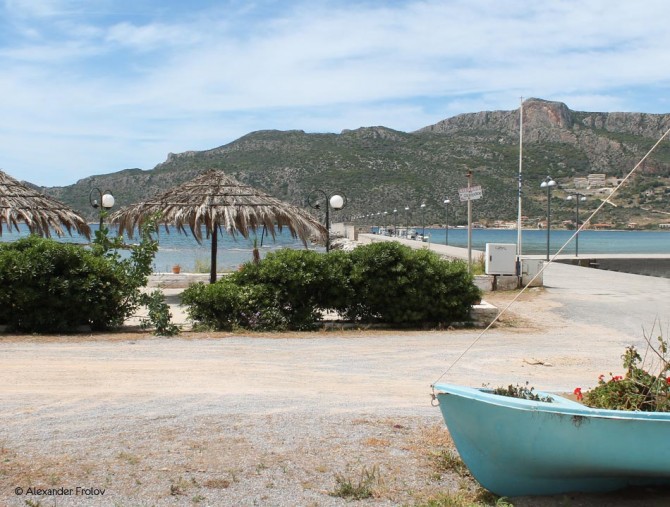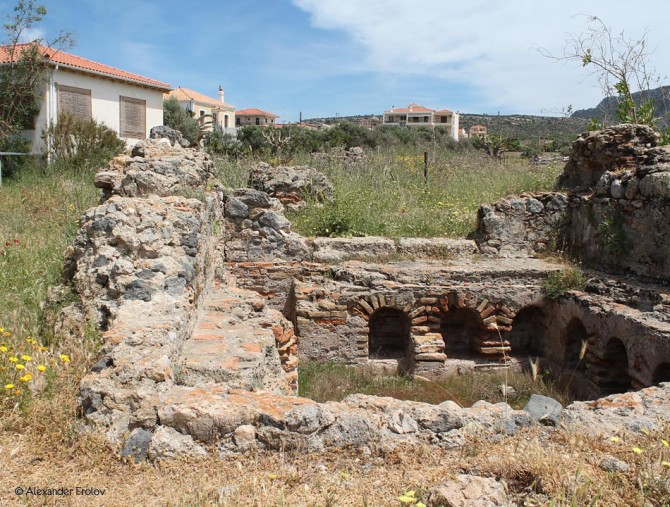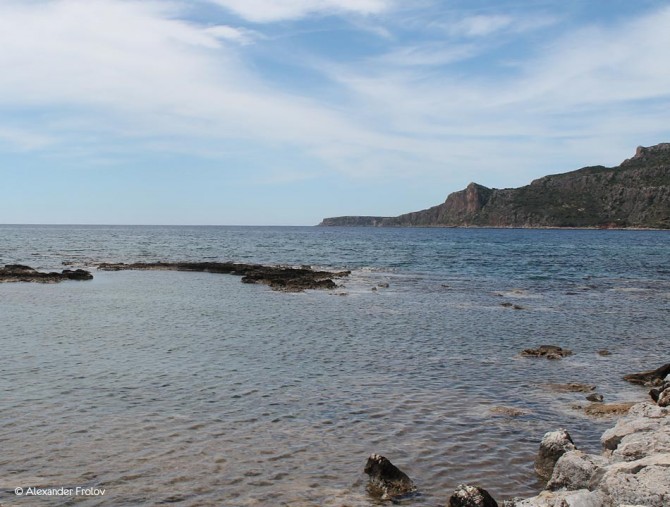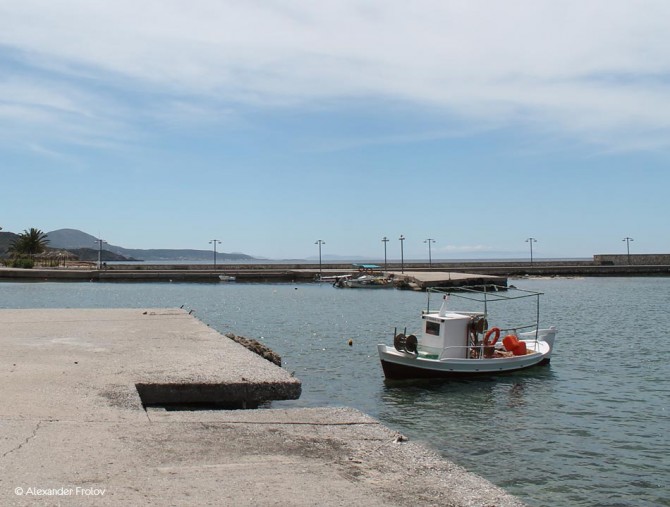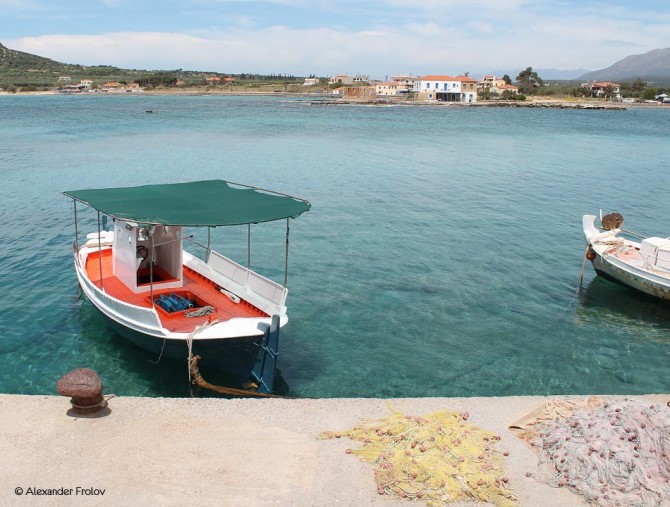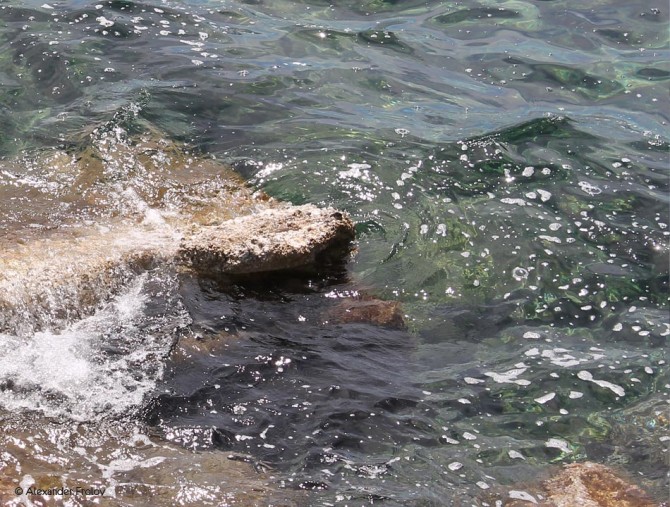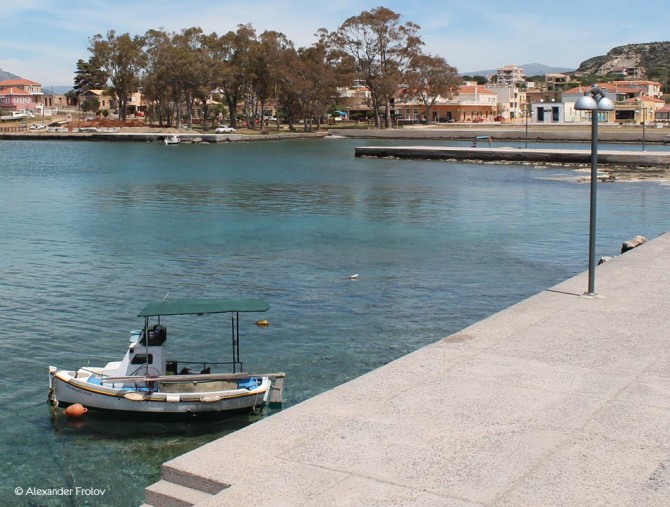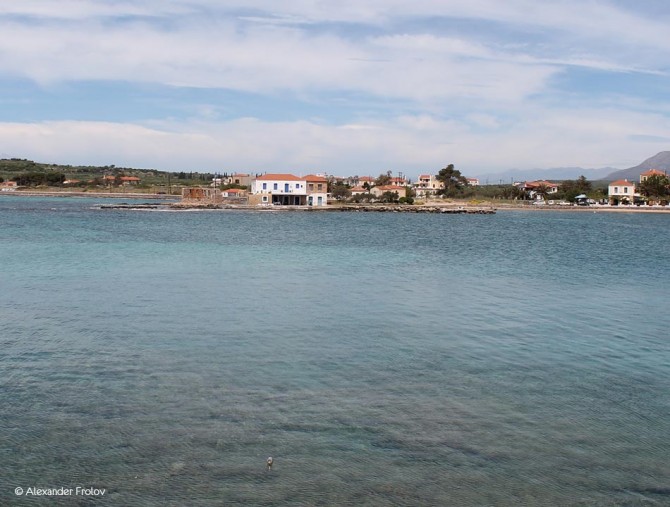Плитра
Что же касается самой деревни, то большинство строений тут датируется 1870 годом. Впрочем, есть одно исключение. Самый первый дом, построенный на этом месте семьей Валлианакис, немного стакше . Место довольно памятное - именно здесь останавливался в 1821 году герой греческой революции Теодорис Колокотронис. Население поселка зимой не превышает 170 человек, зато летом место заметно оживляется.
В наши дни Плитра - это довольно популярное туристическое место. Здесь находятся некоторые из лучших пляжей Лаконийского залива. Например это Пахия Аммос - этому пляжу ежегодно присуждается Голубой флаг. Также хороши уже упомянутый Коккинос, где видны останки древнего города, и пляж под названием Аммули. В местных тавернах можно отведать блюда из морепродуктов, местные вина, деликатесы и сладости. Также тут немало гостиниц и пансионов.
Самая интересная жизнь в Плитре происходит в первые десять дней августа. Именно в это время тут проходит культурный фестиваль. Это и театральные представления, и концерты, и художественные выставки.
Как добраться до Плитры:
- на машине из Афин (291 км) по трассе А7
- на машине из Спарты (78 км) по местной трассе Монемвасья-Крокеи
- на машине из Монемвасьи (21,4 км) по местной трассе Велион-Неаполис
- на машине из Гитиона (57,5 км) по местной трассе Скала-Гитион
- на автобусе из Афин с автовокзала Лиссион до Спарты, Гитиона или Монемвасьи - далее на местных автобусах
Телефоны автовокзалов:
Спарта: +30 27310 26 441
Гитион: +30 27330 22 228
Монемвасья: +30 27320 61 432
Фото и текст: Александр Фролов
Plytra
A beautiful Peloponnesian seaside village, surrounded by olive groves and orangeries, combines the past and the present. Next to the port of Plytra, a sunk ancient city reminds us that even the most advanced civilization is totally defenseless to the forces of nature.
The ancient city of Asopos, built on the ruins of an Hellenistic city, was the most important port of the area, especially in Roman times, and it had even its own coin. A powerful earthquake during the 4th century BC though plunged the city, giving an end to its glory. Today, ruins of the city are still visible in the waters of the beach Kokkines, while other ruins are spread on the surface of the area: ruins of buildings and numerous broken ceramic on the East bay, an ancient quarry to the north and a second one to the south where the figure of Hercules is carved along with many Roman tombs, a complex of early Christian tombs has been found in the position “Kamaria”, while Roman baths, ruins of buildings, Roman tombs and a bath-house with a mosaic floor are still preserved along the coast of the archaeological site.
Besides the ruins of the sunk ancient city, another sight of Plytra that is linked to the past is a dilapidated and ruined building in the port, which was the first house that has been ever built in the village (before 1870) by the Vallianakis family. In this house it is said that the great hero of the Greek Revolution of 1821, Theodoros Kolokotronis, has been hosted once.
As for the present, apart from the natural beauties of the place, Plystra features some of the best beaches of the Laconic Gulf. The super organized Pachia Ammos is the best by far, annually awarded with the “Blue Flag” of quality, while the beaches Kokkines (with the ruins of the sunk ancient city) and Ammouli are also great choices. The taverns and fish taverns of the village offer fresh fish, local specialties, local wine and traditional sweets, while there is also a variety of tourist accommodation. For all these reasons, although in winter Plytra is sparsely populated (with only 170 inhabitants), during the summer is extremely lively. Plus, if you happen to visit Plytra during the first ten days of August, you will be able to attend the cultural festival which is organized annually, including exhibitions, theatrical performances, musical evenings and children’s sporting events.
How to get there: By car from Athens (distance 291 km) via A7, from Sparta (distance 78,2 km) via National Road Monemvasia-Krokeoi, from Monemvasia (distance 21,4 km) via Provincial Road Velion-Neapolis and Provencial Road Elaia-Daimonia, from Gytheio (distance 57,5 km) via Provincial Road Skala-Gytheio and National Road Monemvasia-Krokeoi. By bus: Athens bus station (200 Liossion Avenue, Athens), tel.: +30 210 51 24 913, Sparta bus station, tel.: +30 27310 26 441, Gytheio bus station, tel.: +30 27330 22 228, Monemvasia bus station, tel.: +30 27320 61 432.
Τext: Marilou Pantazi

